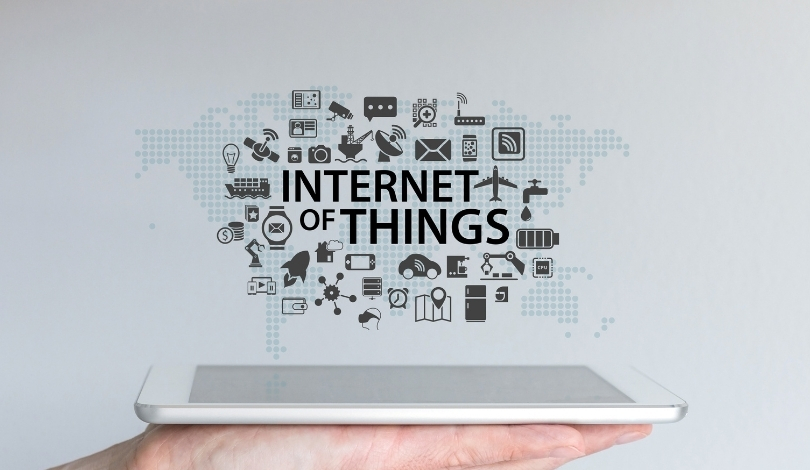Global connectivity is a necessity for industries monitoring dispersed assets in challenging environments. Addressing this need, Globalstar has moved forward with the commercial release of the RM200M, a two-way satellite IoT module certified for use across key regions. This step aims to simplify asset monitoring for sectors such as logistics, transportation, energy, agriculture, and environmental management. By adopting a practical approach with the RM200M, Globalstar brings satellite communications and, in the future, cellular capabilities together for seamless worldwide tracking. Businesses familiar with maintaining remote or mobile operations may find the RM200M offers flexible solutions to existing connectivity gaps.
When reviewing earlier announcements related to Globalstar’s IoT devices, the emphasis was often on one-way communication and region-specific compatibility. The previous products provided basic coverage but frequently required separate configurations for cellular support. With the RM200M, integration of two-way satellite communication and readiness for future cellular expansion reflects a shift toward a more integrated solution. Other brands have rolled out similar modules, but certification for global deployment and focus on low-power operation distinguishes Globalstar’s approach. Analysts have noted a growing preference among enterprises for solutions that promise both broad reach and minimal operational downtime.
What Distinguishes the RM200M in the IoT Market?
The RM200M module builds on Globalstar’s licensed L and S-band spectrum and leverages their second-generation satellite network. Its key advantage lies in seamless two-way communication, designed for organizations that manage distributed operations across different continents. The RM200M is also engineered to support both satellite and, in the future, cellular connectivity within the same unit. This multimodal approach allows companies to maintain consistent communication even as assets move across regions with variable coverage.
How Are Businesses Incorporating RM200M into Their Operations?
Companies in transportation, energy, and logistics have started integrating the module to improve asset tracking and operational oversight. In practice, enterprises report benefits such as improved service delivery and reduction in system downtime. Spotter International’s experience with the device has demonstrated value for dynamic operations over expansive territories.
“The combination of two-way satellite communications and low-power consumption helps us streamline operations, reduce downtime, and deliver better service to our customers,”
stated Tsogbadrakh Surenjargal, Co-Founder of Spotter International.
Why Is Multimodal Communication Important for Modern IoT?
Enabling a device to switch between satellite and cellular networks enhances the flexibility of asset monitoring. This is particularly important when assets transition between remote areas with limited infrastructure and urban environments with strong cellular signals. Daniel Irizarry, Executive Vice President at Lasso, shared that integrating RM200M supports next-generation tracking applications in industries like oil, gas, chemical, and logistics.
“With multimodal capability, our next-gen devices will seamlessly switch between cellular and satellite to deliver reliable GPS tracking… The RM200M gives us the robustness and versatility we need to serve customers across industries without compromise,”
he explained.
For enterprises evaluating IoT modules, considerations such as global certification, power efficiency, ease of integration, and support for multiple communication modes are key factors influencing purchase decisions. As IoT demands continue to expand into new territories, modules like the RM200M can offer a reliable framework for real-time data transmission, asset management, and process automation. The RM200M’s certification across major geographies ensures that organizations can deploy their solutions at scale, reducing the complexities historically associated with monitoring equipment in hard-to-reach locations. Over time, greater adoption of such modules may lead to improved operational oversight, more efficient resource allocation, and enhanced safety protocols for industries with remote assets. Those seeking interoperability and future expansion for IoT devices could benefit from prioritizing platforms that, like the RM200M, are built with upgradability and vast coverage in mind.










